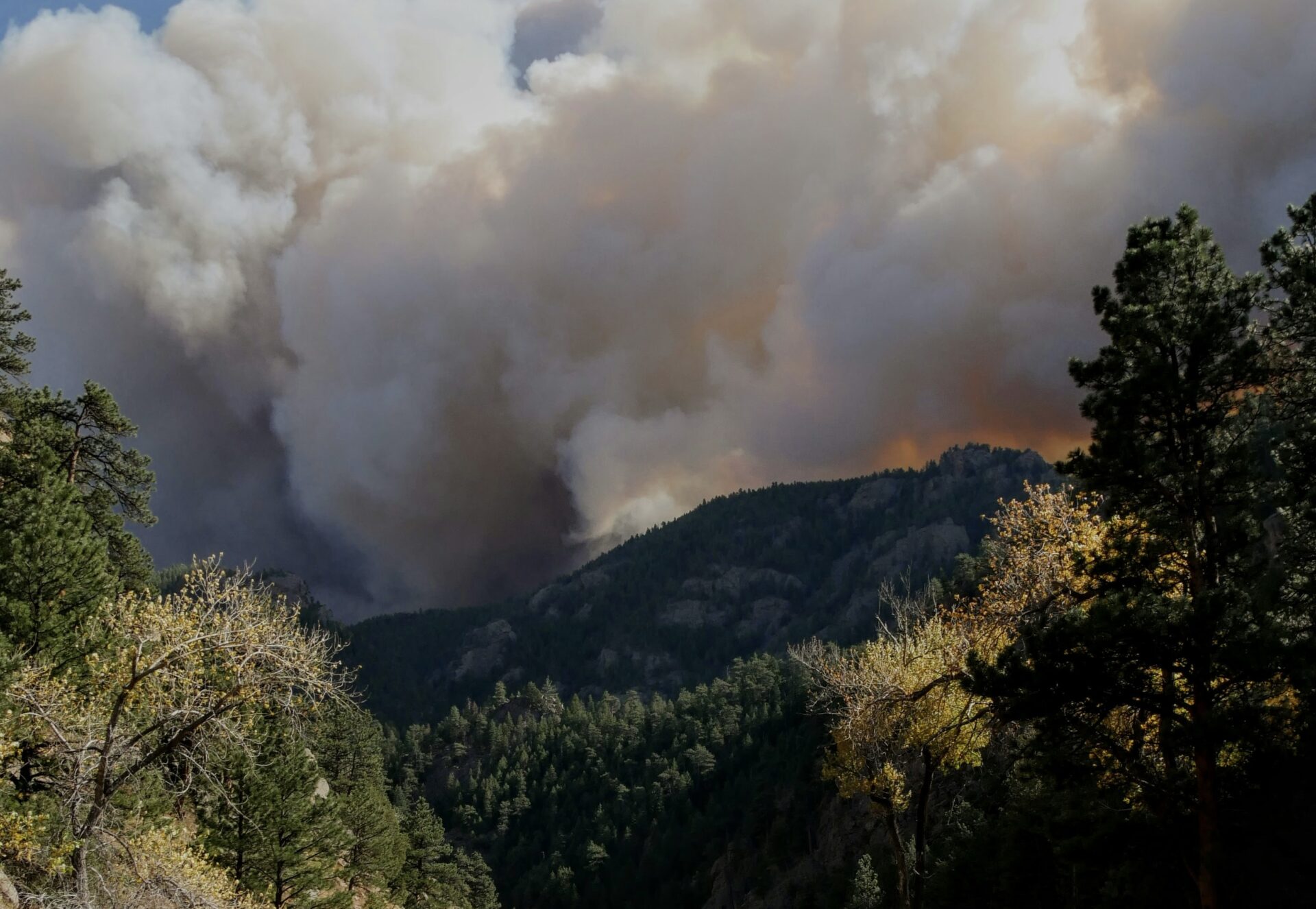Abstract
Background. Autumn and winter Santa Ana Winds (SAW) are responsible for the largest and most destructive wildfires in southern California. Aims. (1) To contrast fires ignited on SAW days vs non-SAW days, (2) evaluate the predictive ability of the Canadian Fire Weather Index (CFWI) for these two fire types, and (3) determine climate and weather factors responsible for the largest wildfires. Methods. CAL FIRE (California Department of Forestry and Fire Protection) FRAP (Fire and Resource Assessment Program) fire data were coupled with hourly climate data from four stations, and with regional indices of SAW wind speed, and with seasonal drought data from the Palmer Drought Severity Index. Key results. Fires on non-SAW days were more numerous and burned more area, and were substantial from May to October. CFWI indices were tied to fire occurrence and size for both non-SAW and SAW days, and in the days following ignition. Multiple regression models for months with the greatest area burned explained up to a quarter of variation in area burned. Conclusions. The drivers of fire size differ between non-SAW and SAW fires. The best predictor of fire size for non-SAW fires was drought during the prior 5 years, followed by a current year vapour pressure deficit. For SAW fires, wind speed followed by drought were most important.


